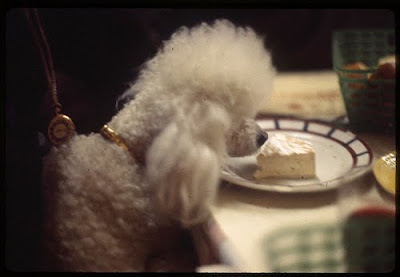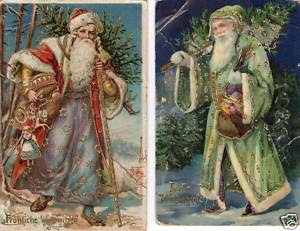Exposed beams are found all over Europe; it's not necessarily a "French thing", but it's true many fine examples are found in France. Exposed beams were also used in England, after William "Guillaume" the Conqueror came from France, won the Battle of Hastings and was later crowned King of England. That was in the 11th C, and William brought much of the French language in to English, and also certain French influences, including building styles. I wanted to post on half-timbered buildings here but I'll do that separately.
The house was built in the 17th century; it is made of stone walls (most of the individual stones have a monogram of the mason) and beamed ceilings. I have to look at my notebooks for the ceiling height; 13 feet? In the late '70's when the previous owner bought the house, the two middle floors were comprised of a warren of little rooms a la the 17th century: each little room had it's own fireplace and had room for little more than a small bed and a table; those interior walls were taken down and the entire space freed up so that now you can see the full length of the beams. Every room has exposed beams, and the 4th floor of the house also has heavy beams, arched to hold the roof; the beams there are constructed without any nails; the wood is specially cut and fitted together.


Meanwhile back in Beaune, we have the Wine Museum up the street from our house; here is the ceiling there, and another wine press. Beams of this size are aged for a long long time, up to 100 years, especially the large piece which is sculpted into a screw shape:
Some of the best examples of the style are found in Normandy, and my favorite place is Pont l'Eveque. Here are a few examples from last summer, on a rare sunny day in Normandy:
They have brick or stone bases here for stability; and generally an overhang. I can't look at another pretty French street lantern and not think of Joni!












